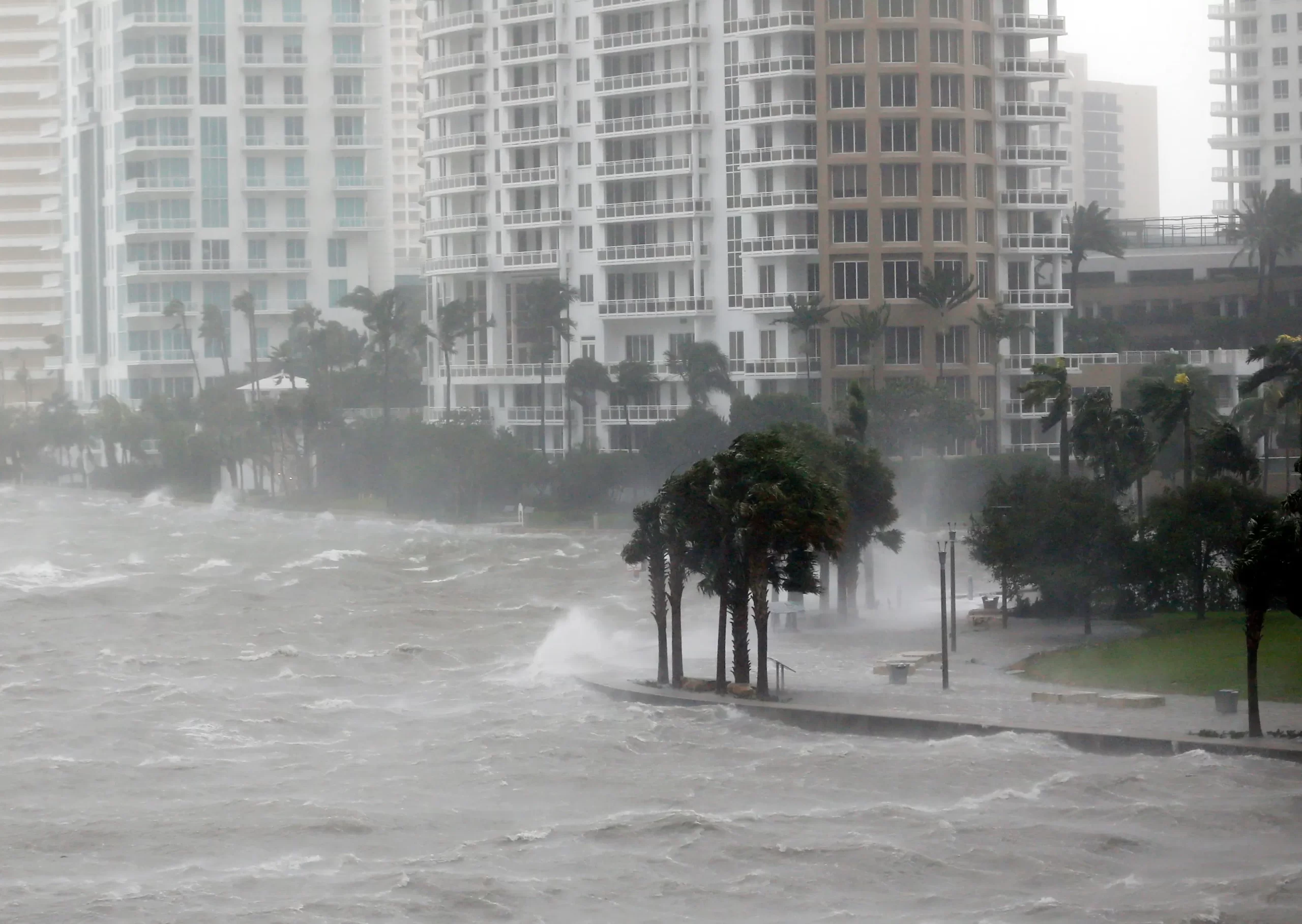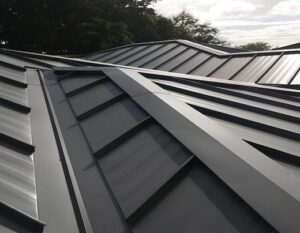Hurricanes can cause really big damage to roofs, including shingle loss, roof decking damage, and structural issues. High winds can lift and remove shingles, leaving the underlying roof materials exposed to further damage from wind-driven rain. Flying debris during a hurricane can also puncture or break roof materials, leading to leaks and potential structural compromise. Properly securing roofing materials, using impact-resistant materials, and ensuring a well-maintained roof in South Florida can help reduce the risk of damage during a hurricane.
Here are 10 practical tips to ensure your roof stands strong during the South Florida stormy seasons:
1. Regular Roof Inspections
Regular inspections catch minor issues before they escalate. Early detection saves you from costly repairs down the road. It’s like giving your roof a check-up. Catching problems early means less hassle and expense later on.
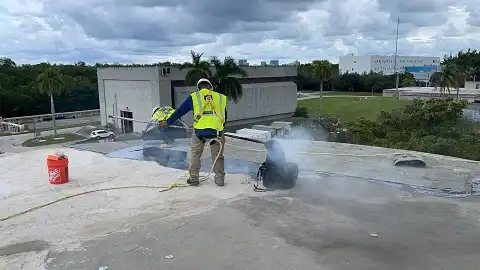
2. Choose Durable Shingles
Go for the tough stuff. Choose shingles rated for high winds and impact resistance. These sturdy materials can withstand hurricane-force gusts and keep your roof in one piece during a storm.
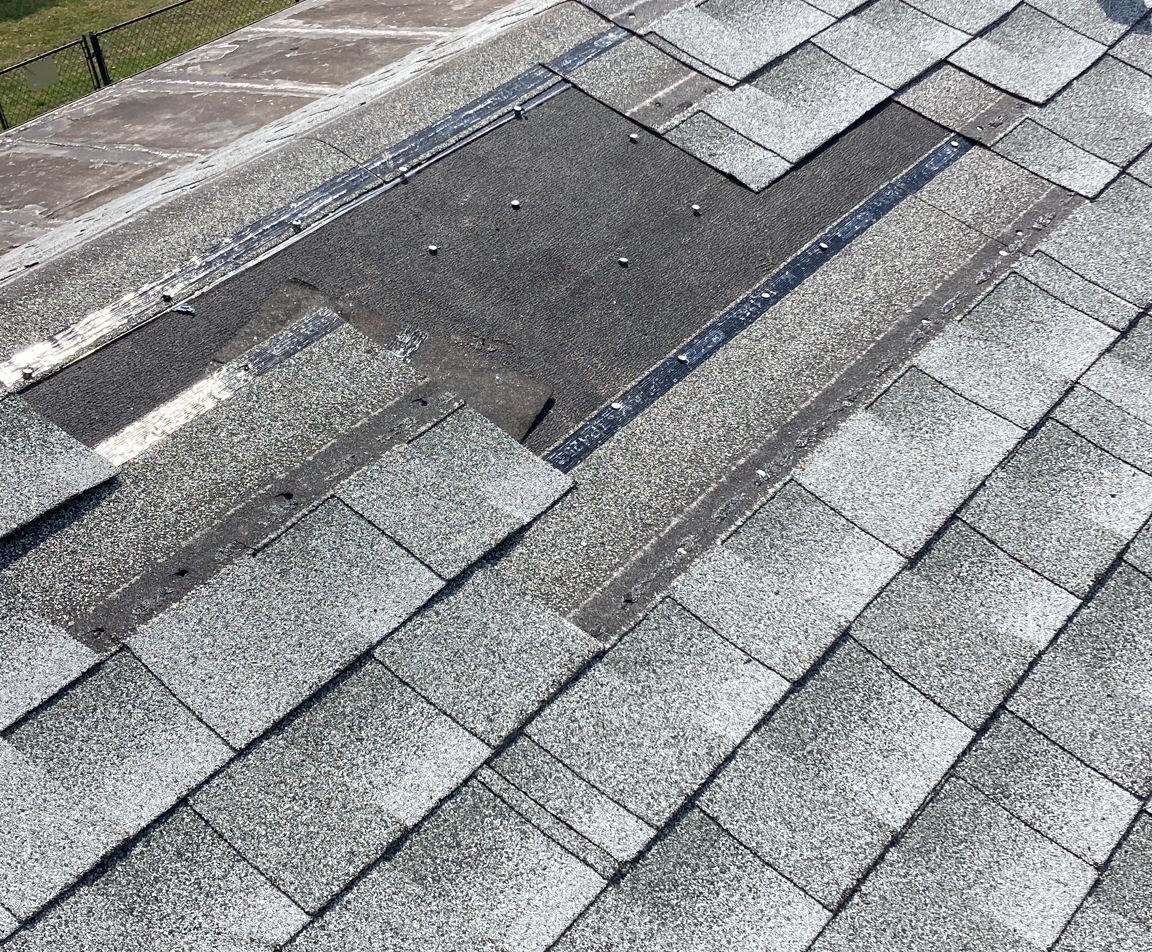
3. Secure Loose Tiles and Shingles
Loose tiles and shingles can become dangerous projectiles during a storm. Properly securing them prevents potential damage to your property and neighboring homes. Safety first! Nobody wants a shingle flying into their window! Keeping things tight keeps your home safe.
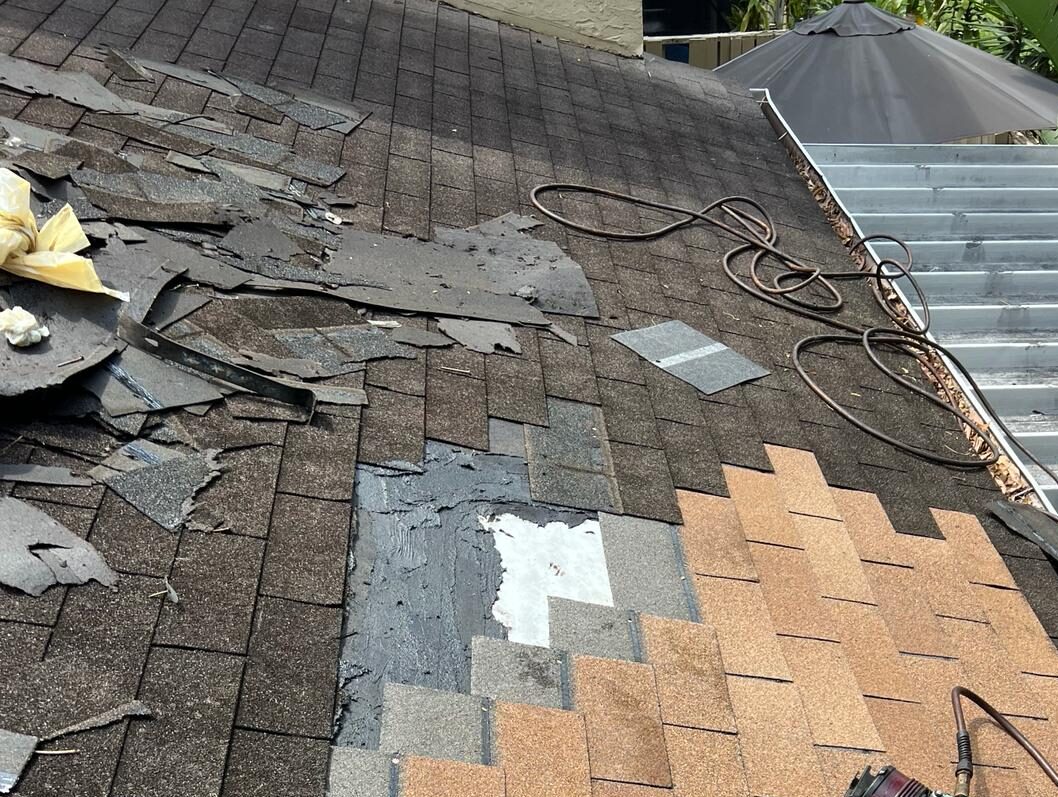
4. Trim Overhanging Branches
Overhanging branches can scrape and damage your roof. Regular trimming not only protects your roof but also prevents debris buildup in gutters. Keep those branches in check! Think of it as a haircut for your trees. Not only does it protect your roof, but it also keeps your gutters clear.
5. Strengthen Roof-to-Wall Connections
Hurricanes exert immense lateral force on your roof. Properly installed hurricane straps and clips strengthen the bond between your roof and walls. It’s like adding extra muscle to your roof. Straps and clips make sure your roof stays put when the winds pick up.
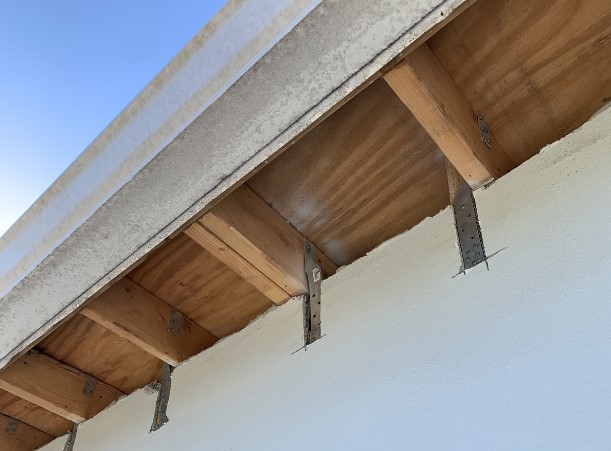
6. Seal Gaps and Cracks
Even small gaps or cracks can allow water infiltration. A well-sealed roof prevents leaks and interior damage. Don’t let your roof spring a leak! Sealing up gaps keeps the water out.
7. Install Storm Shutters
Storm shutters protect windows and skylights from flying debris. When the tempest roars, these shutters create a secure barrier, keeping wind-driven rain outside where it belongs. These are like armor for your windows. They keep your home safe from flying debris.
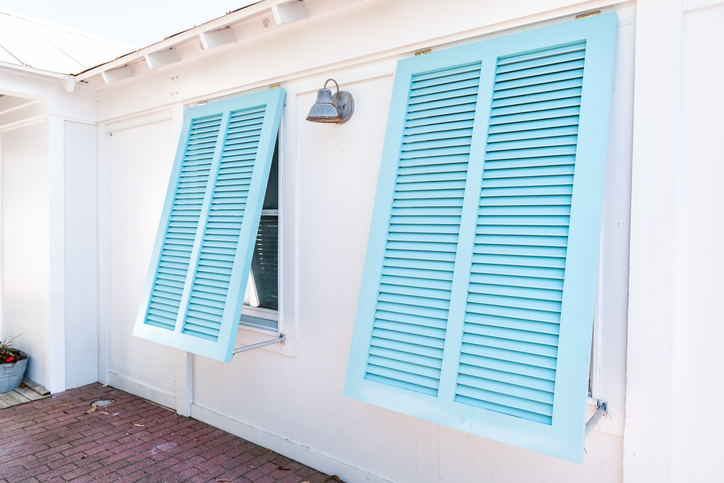
8. Maintain Clean Gutters
Clean gutters and downspouts prevent water buildup. Proper drainage ensures rainwater flows away from your roof, reducing the risk of leaks and water damage. Keep things flowing smoothly. Clean gutters mean water stays away from your roof.
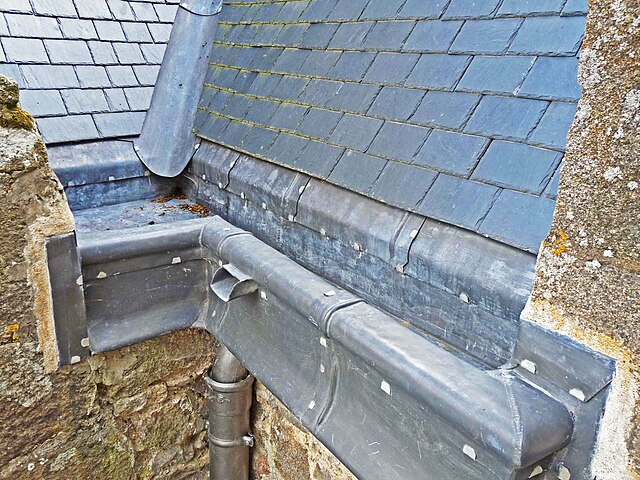
9. Consider a Secondary Water Barrier
Secondary water barriers add an extra layer of protection. They prevent water from seeping through vulnerable areas, such as roof valleys and seams. An ounce of prevention is worth a pound of cure! It’s an added layer of protection. Think of it as a raincoat for your roof.
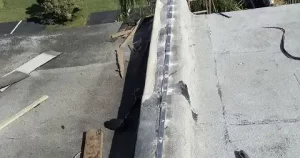
10. Keep a tarp handy
Create your emergency roof repair kit. Be prepared all the time. Gather tarps, nails, and tools. If damage strikes during a storm, having these things on hand allows you to take immediate action and minimize further harm. It’s like having a bandage for your roof. Be prepared for emergencies and have your repair kit ready to go.

In the event of a roofing emergency during a hurricane or severe storm in South Florida, it’s crucial to have a reliable roofing contractor you can trust. Our family-owned roofing company specializes in providing expert assistance and prompt service to address any emergency roofing needs. With our team’s expertise and dedication to customer satisfaction, we ensure your home’s safety and integrity are restored efficiently and effectively. Don’t hesitate to contact us for immediate assistance during any roofing emergency in South Florida.

